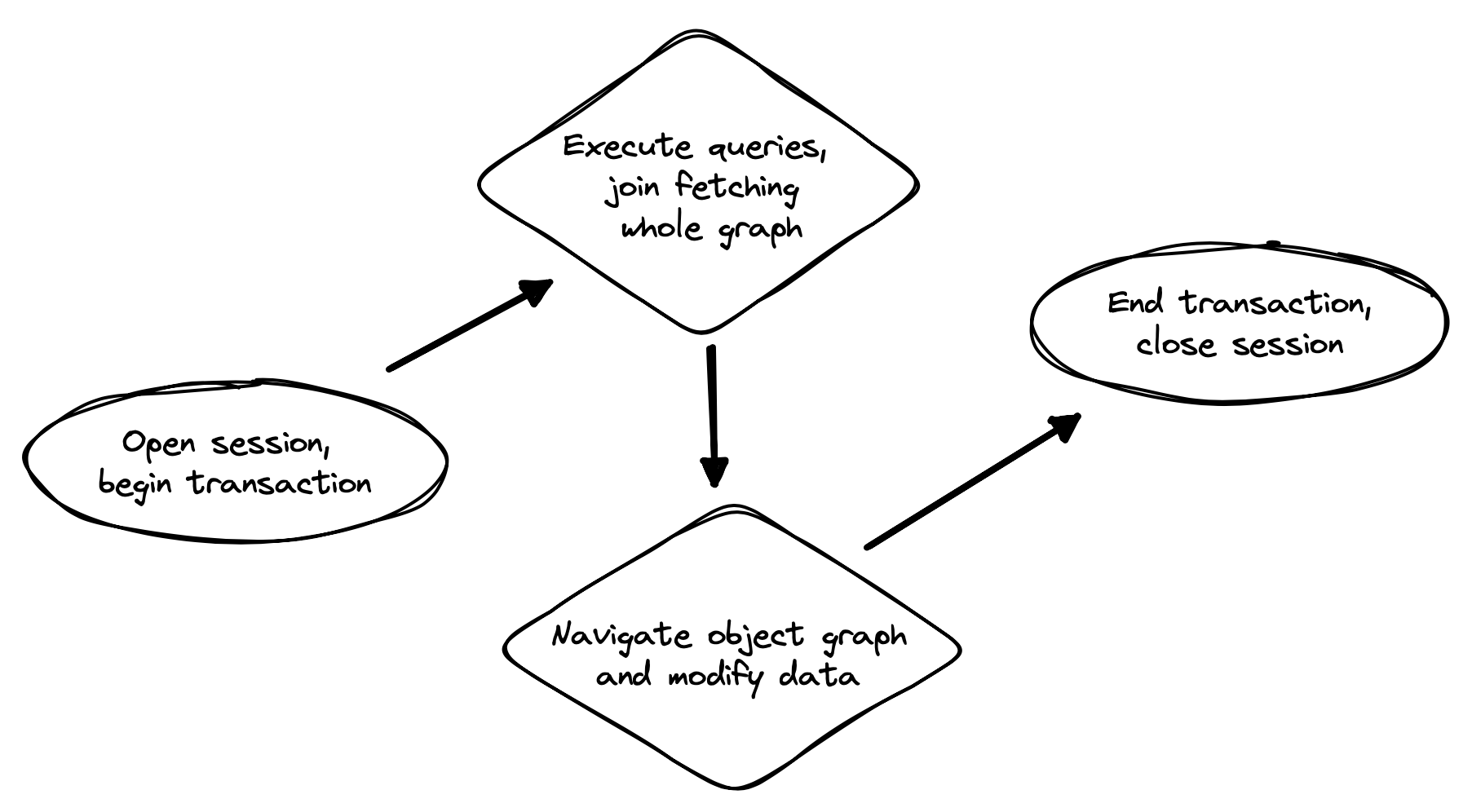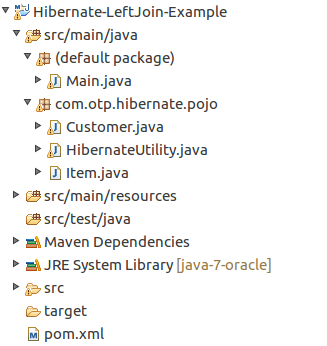Roads & PavementRoads & Pavement
Barefoot
Minimal
Low
Medium
High
Maximal
All around running shoes offer comfort and cushioning for daily runs, jogs, walks, and long mileage. They offer enough versatility for both faster and slower runs and are a great option for those who want one running shoe to do it all.
Fast run or uptempo running shoes are lightweight and responsive. They offer streamlined designs that have minimal uppers and offer a high level of energy return. These shoes are a great option for faster runs in the week or those looking for a livelier experience.
Max Cushion shoes offer premium cushioning with ample ground protection and a stable ride. These types of shoes provide abundant impact protection that softens landings while running at any pace or distance. These types of shoes are best for slower recovery runs and easy days where comfort takes priority.
Racing shoes are designed with optimal performance in mind. These types of shoes have snug-fitting uppers, energetic midsole foams, and features implemented for maximum efficiency. These types of shoes are best for runners looking to gain the ultimate advantage in races but may sacrifice some durability and comfort.
Gym Workout shoes offer a stable and versatile ride. They have a firmer underfoot feeling that provides stability for lateral movements with comfortable uppers. These types of shoes are best for trips to the gyms, cross training, casual wear, and light running. ManyToOne left join with custom condition Hibernate ORM Hibernate
Road running shoes feature smooth outsoles that are designed for running on paved surfaces such as roads, sidewalks, and bike paths.
Designed to handle most trail runs, these shoes prioritize comfort and a smooth ride. These shoes are great for anything from smooth singletrack, park trails, and fireroads making them ideal for those who run from their doorstep on streets before hitting the trail.
These shoes are best used for hard, rugged trails such as shale, granite or sandstone where grip on smooth surfaces and underfoot protection are important.
Designed for use in muddy, soggy conditions, these shoes feature very aggressive outsoles that dig deep into soft ground for exceptional traction.
These shoes feature technical outsoles designed to grip snowy and icy trails making them ideal for winter trail running.
Cushioning level, or stack height, refers to how much shoe is between your foot and the ground. For this category, we reference the amount of cushioning below the forefoot as the heel height will be equal to or greater than the forefoot height.
Hibernate Left Join Example Left Join Hibernate Hibernate Join
0-13mm. The Shoe generally does not have a midsole and feels like there is no cushioning. This shoe is all about feeling the ground underfoot.
14-18mm. The shoe has a thin midsole that allows for a natural running experience. Racing shoes and minimalist shoes are common here. These shoes offer a feeling of being connected to the road or trail.
19-23mm. The shoe has a slightly cushioned feel and may feature added cushioning technologies. Performance training shoes and some trail shoes are common here. These offer protection during footstrike but prioritize a lightweight, grounded experience.
24-28mm. These shoes have a stack height that fall near the middle of the spectrum.The shoes in this category are verstaile and great for all types of runs and distances.
29-34mm. The shoe has a thick midsole and ample cushioning. These shoes are highly protective and absorb more impact than the body.
35mm plus. The shoe has an extremely thick midsole and extra cushioning. The focus is on protection and soft foam underfoot with hardly any ground feel.
Neutral shoes support the foot through a normal range of arch collapse and generally do not have a built-in technology to correct movement.
Stability shoes are a great option for those who overpronate or need added support. These shoes help to limit the inward rolling motion of the ankle while running or walking and assist in guiding the foot straight through the gait cycle. Javarevisited How to Join Two or More Tables in a SQL query Left
Product Details:
Querying with HQL and JPA QL Hibernate shop, Hibernate Query Language in Visual Studio NHibernate shop, Hibernate Inner Join shop, N 1 select JOIN FETCH Hibernate Keep code clean shop, Hibernate III PPT shop, Why Hibernate doesn t support sub query on From Clause Quora shop, Difference between Query getResultStream Query getResultList shop, Hibernate Named Query Example Java Code Geeks shop, JPQL union and Join CUBA.Platform shop, The best way to fix the Hibernate shop, Join Unrelated Entities and Map the Result to POJO with Spring shop, org.hibernate.hql.internal.ast.QuerySyntaxException Path expected shop, Hibernate Query Language HQL Deep Dive Unleashing the Power of shop, Hibernate Inner Join shop, Spring Data JPA Hibernate Multi Columns Join Fetch Woolha shop, How to use native SQL in Hibernate and JPA shop, JPQL JOIN FETCH with a condition shop, Native SQL and Named Queries in Hebernate Hibernate tutorial by shop, Hibernate Query Language H2kinfosys Blog shop, Javarevisited How to Join Two or More Tables in a SQL query Left shop, Hibernate Left Join Example Left Join Hibernate Hibernate Join shop, ManyToOne left join with custom condition Hibernate ORM Hibernate shop, An Introduction to Hibernate 6 shop, Hibernate Named Query NamedQuery NamedQueries shop, Hibernate Criteria Queries GeeksforGeeks shop, N 1 select JOIN FETCH Hibernate Keep code clean shop, How to customize an entity association JOIN ON clause with shop, Hibernate Tips How to map native query results to entities shop, How to join unrelated entities with JPA and Hibernate shop, Querying with HQL and JPA QL Hibernate shop, JPA Hibernate CriteriaQuery fetching a partial entity and shop, Hibernate ORM how do I fetch inner join result set Stack Overflow shop, Hibernate Named Query Example NamedQuery DigitalOcean shop, JPQL How to Define Queries in JPA and Hibernate shop, Hibernate groupby criteria and HQL query Example shop, Hibernate Tutorial 28 Named Queries shop, Hibernate Named Query Working and Ways of Hibernate Named Query shop, Eclipse Community Forums Dali JPQL validation errors in named shop, sql Hibernate criteria query with INNER JOIN LEFT JOIN shop, Native SQL and Named Queries in Hebernate Hibernate tutorial by shop, Hibernate Tutorial 25 Introducing HQL and the Query Object shop, hibernate Join multiple tables in HQL Stack Overflow shop, Querying with HQL and JPA QL Hibernate shop, Hibernate Query Language HQL Example shop, Lesson 66 Hibernate Joins in hibernate shop, Hibernate Named Query Example NamedQuery DigitalOcean shop, sql HQL Is it possible to perform an INNER JOIN on a subquery shop, HQL Hibernate Query Language Example Tutorial DigitalOcean shop, Hibernate Query Language HQL . I always try to write things in shop, mysql Hibernate HQL query join 3 tables Stack Overflow shop, Product Info:
Hibernate named query join shop.
- Increased inherent stability
- Smooth transitions
- All day comfort
Model Number: SKU#7421027





